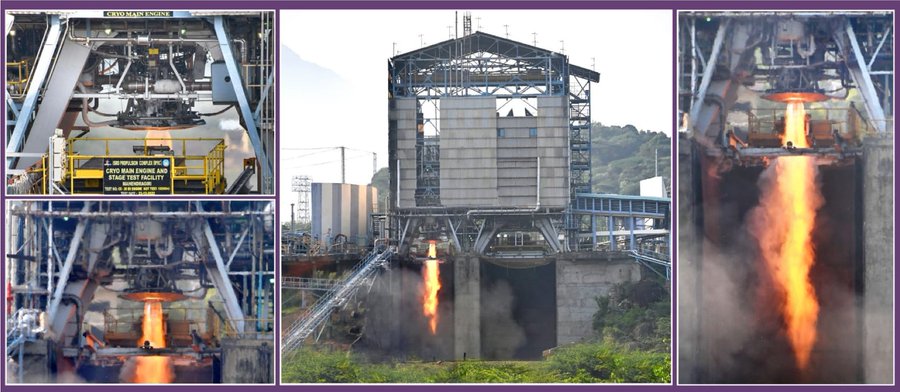Concerned part of report
2.4 Non-utilisation of GSAT-6 Satellite
Department of Space launched the GSAT-6 satellite at a cost of ₹ 508 crore but was unable to utilise the satellite as envisaged due to non-readiness of the ground segment of the satellite. This resulted in non-utilisation of the satellite for nearly half of its life. Department of Space (DOS) issued (December 2005) a financial sanction of ₹ 269 crore for undertaking the GSAT-6 satellite mission for providing Satellite Digital Multimedia Broadcasting (S-DMB) services for mobile communication applications as well as for strategic and societal applications. The operational life of the satellite was expected to be 12 years from August 2015. For commercial exploitation of the S-DMB services, M/s Antrix Corporation36 had entered (January 2005) into an agreement with a private firm, M/s Devas Multimedia Private Limited. Due to issues in lack of transparency37 in the Antrix-Devas agreement and citing the demand for strategic and societal applications, the Antrix-Devas agreement was terminated (February 2011) and subsequently, a revised utilisation plan was mooted (December 2013) for GSAT-6 satellite which was approved (February 2015) at a revised cost of ₹ 235 crore38 for the satellite development (space segment) by DOS and ₹ 63 crore for the ground segment development to be borne by DRDO. 36 A Public Sector Undertaking under DOS responsible for promoting and delivering space products and services from the Indian Space Programme. 37 These issues have been brought out in the CAG’s Audit Report no. 4 of 2012-13 on Hybrid Digital Satellite Multimedia Broadcasting Service Agreement with Devas. 38 The cost estimate was reduced due to removal of the cost of insurance (₹ 34 crore) which was no longer relevant for strategic sector.
GSAT-6 had two main components; space segment39 and ground segment40. Under the revised utilisation plan, it was proposed to utilise the space segment capacity for meeting communication needs of the strategic sector41 and societal sector42. DOS was responsible for the space segment comprising of realising and launching the satellite. The Defence Research and Development Organisation (DRDO)43 was responsible for ground segment with the technical support of DOS which consisted of development of hub station and associated network management. Audit observed that under the space segment, the satellite which was proposed to be launched by DOS in the second quarter of 2014 was actually launched in August 2015 after a delay of more than one year. The reasons for delay were not on record. Further, the ground segment of the satellite mission was to be carried out in two phases by DRDO. Audit observed that DOS did not enter into any Memorandum of Understanding (MoU)/ Agreement with DRDO for the development of the ground segment. It also failed to devise a target-based action plan, in consultation with DRDO. As a result, DRDO was not able to complete the activities of ground segment before the launch of the satellite (August 2015) as discussed below: • Under Phase I, DRDO entrusted the completion of two projects to Defence Electronics Application Laboratory (DEAL) a unit under DRDO. The first project which was awarded in January 2013 involved development of S-Band Hub and satellite communication terminals. The project was completed after a delay of more than two years (January 2018). Mm. Reasons for the delayed completion of these two projects were, however, not furnished. An expenditure of ₹ 40.17 crore was incurred in phase of I of the ground segment. • DoS was not aware about the present status of Phase 2 (operational phase) which involved the induction of GSAT-6 into the network centric operations of the three services, civil society agencies and strategic users. Therefore, objective of GSAT-6 satellite which was launched in August 2015 after incurring an expenditure of ₹ 508 crore44 was not fulfilled due to non-completion of the activities to be carried out under ground segment as the satellite has remained unutilised since its launch.




